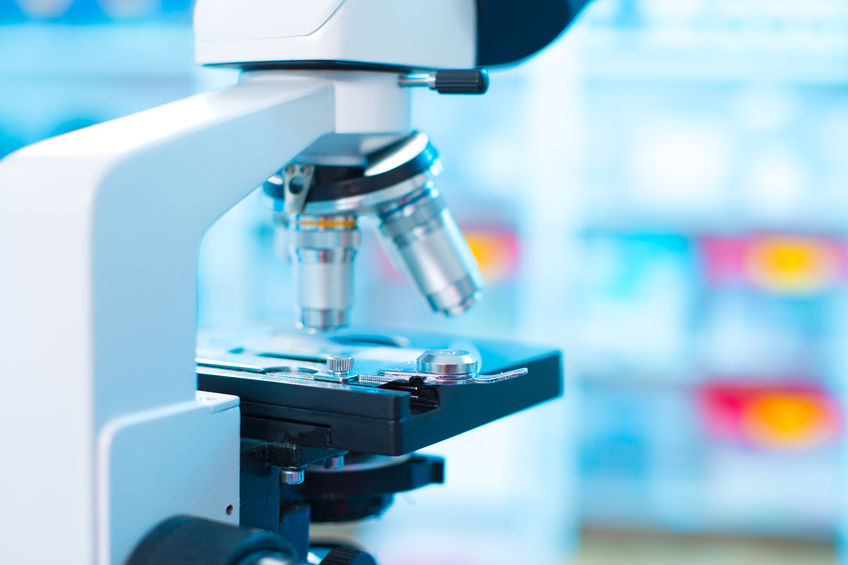
AEC
Also known as Absolute Eosinophil Count Automated BloodWhat is this test?
An absolute eosinophil count is used to measure the number of eosinophils, a type of white blood cells, in the blood.
Eosinophils may get activated if you have certain allergic reactions, infections, etc. Allergic reactions may cause signs and symptoms such as swelling, rashes, shortness of breath, etc. Nearly every system in our body relies on eosinophils in some way or the other. They help in destroying invading microorganisms such as bacteria, viruses, parasites, etc.
Why this test is performed?
This test may be done if your doctor suspects a severe allergic reaction, a parasitic infection, or drug reactions. It may also be done as a part of the complete blood count test panel during a regular health check-up. This test may also be recommended if your doctor discovers abnormal eosinophil levels when a white blood cell count with differential is done; a test that is usually performed along with a complete blood count test panel to find the percentages of each type of white blood cells in your blood.
This test is generally used along with other tests for the confirmation of a diagnosis such as an infection or an allergic reaction.
Precautions:
Certain medications such as blood thinners (warfarin, heparin, etc.), diet pills, antibiotics, laxatives containing psyllium, tranquilizers, etc. may affect the results of this test. Hence, it is advised that you inform all your current medications to your doctor before undergoing this test.
Also known as AEC Automated Blood, Absolute Eosinophil Count.
Test Preparation
Inform your doctor if you are on any medications, have any allergies or underlying medical conditions before your AEC. Your doctor will give specific instructions depending on your condition on how to prepare for AEC.
No specific preparation is required for this test.
Understanding your test results
In adults, a normal blood sample will usually show less than 400 eosinophils per microlitre of blood. In children, eosinophil levels vary with age. The eosinophil count may vary with the time of the day. In healthy individuals, eosinophil counts are generally low during the mornings and higher in the evenings.
If you have more than 500 eosinophils per microlitre of blood, it may indicate eosinophilia, a condition which can lead to tissue damage. Certain conditions such as eosinophilic esophagitis or eosinophilic colitis may result in a higher than normal count of eosinophils. Eosinophilia is classified as mild, moderate, and severe. In mild eosinophilia, the eosinophil count ranges from 500-1500 cells per microlitre; in moderate eosinophilia, the eosinophil count ranges from 1500-5000 cells per microlitre; and in severe eosinophilia, the eosinophil count is greater than 5000 cells per microlitre. An increase in eosinophil count sometimes indicates conditions such as fungal infections, eczema, asthma, parasitic infections, significant drug reactions, acute hypereosinophilic syndrome, early stages of Cushing’s disease, autoimmune diseases like lupus/rheumatoid arthritis/spondylitis, etc. Blood disorders, seasonal allergies such as cold and cough, ulcerative colitis, organ transplant, Crohn’s disease, etc. may also result in a higher than normal count of eosinophils.
A lower than normal level of eosinophil count may indicate alcohol intoxication or overproduction of certain steroids like cortisol in the body.
If the result of your test is abnormal, consult your doctor immediately.
| Gender | Age groups | Value |
| UNISEX | All age groups | 40-400 cells per microliter of blood |

